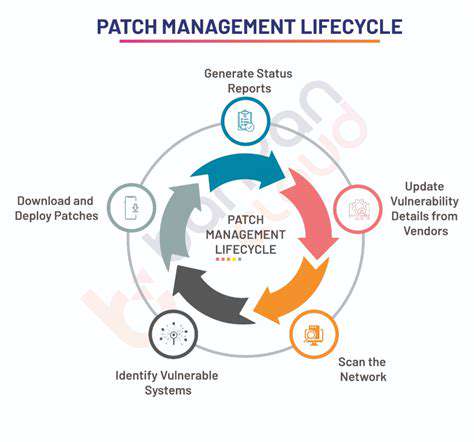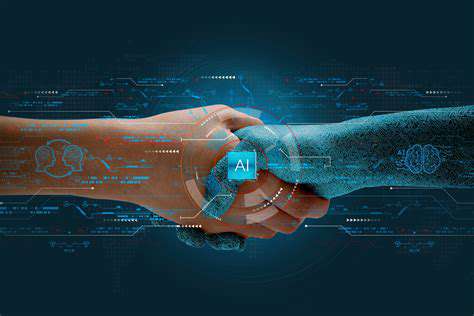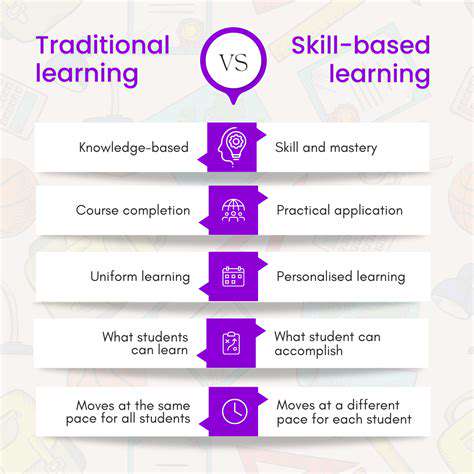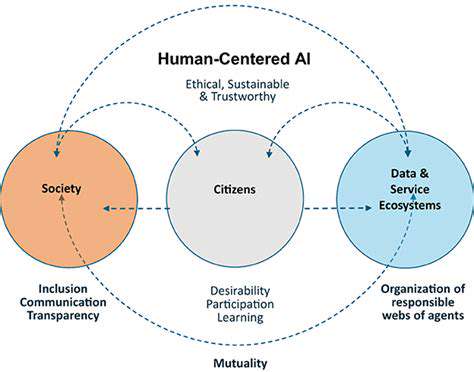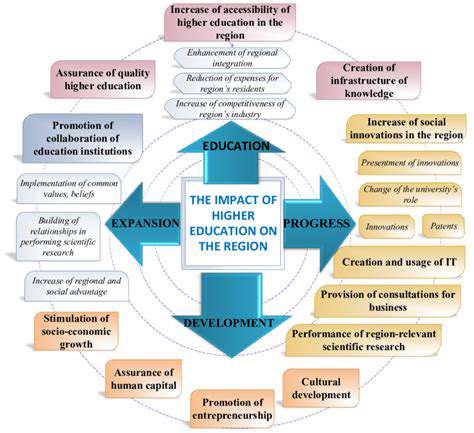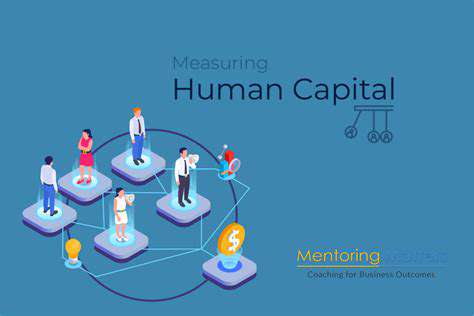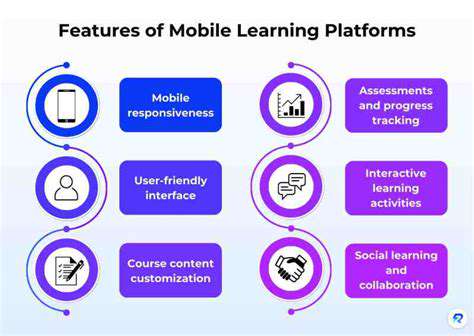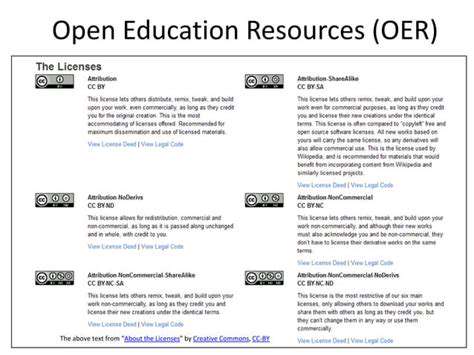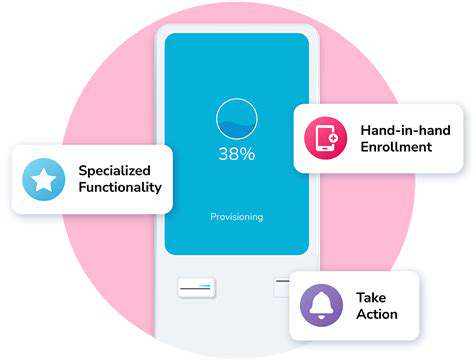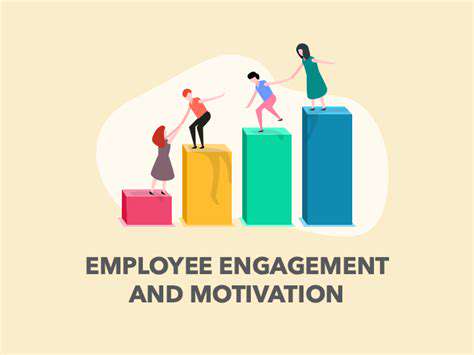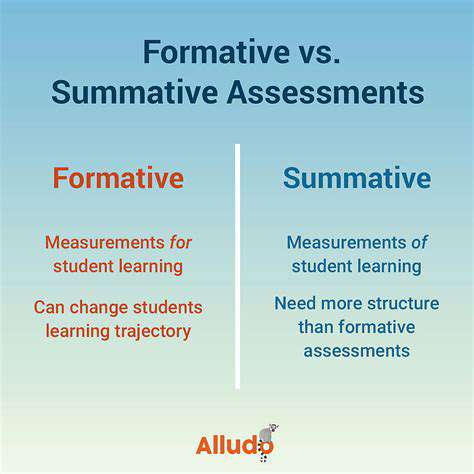Gamified Class Management: Positive Reinforcement and Rewards
Educators have long recognized positive reinforcement as one of the most effective strategies for shaping behavior and facilitating learning across diverse settings. Rather than focusing on punishment or criticism, this method celebrates and rewards desired actions, creating a more encouraging atmosphere for growth. When implemented thoughtfully, this approach can transform classrooms, workplaces, and personal development journeys.
At its core, positive reinforcement requires precise definition of target behaviors. Educators must clearly articulate what constitutes success before designing appropriate reward systems. This specificity helps learners understand exactly which actions lead to positive outcomes, strengthening the connection between behavior and consequence.
Types of Positive Reinforcement
Modern educational settings employ various reinforcement techniques, each with unique advantages. Verbal affirmations, tangible incentives, and social recognition all play important roles in motivating learners. The most effective educators skillfully combine these approaches based on individual student needs and situational demands.
The art of reinforcement lies in selecting rewards that genuinely resonate with recipients. What motivates one student might not interest another. Successful teachers invest time in understanding their students' preferences, ensuring that rewards hold real value and meaning for each individual.
Implementing Positive Reinforcement Effectively
Effective implementation requires careful design of reinforcement schedules and immediate feedback mechanisms. Educators must establish transparent criteria for success and maintain consistent application of rewards. Timing proves particularly crucial - immediate recognition creates stronger mental connections than delayed rewards.
Many educators find success with progress-tracking systems that make achievements visible to students. These visual representations of growth provide ongoing motivation while reinforcing the connection between effort and reward.
The Importance of Consistency
Reliable application of reinforcement principles builds trust and establishes clear behavioral expectations. Inconsistent reinforcement creates confusion and undermines the learning process. Students thrive when they can predict the consequences of their actions with reasonable certainty.
This predictability fosters safer learning environments where students feel comfortable taking appropriate risks. Over time, consistent positive reinforcement helps internalize desired behaviors until they become habitual.
Beyond Behavior Modification
The applications of positive reinforcement extend well beyond classroom management. Forward-thinking organizations apply these principles to enhance workplace culture and individual performance. When teams celebrate small wins and recognize progress, they create momentum that drives continued improvement.
Individuals can also harness these techniques for personal development. Setting clear goals and establishing meaningful self-reward systems can dramatically improve follow-through on important projects and habits.
Tailoring the System to Diverse Learning Styles and Needs
Visual Learners
Students who process information best visually benefit significantly from graphic-rich learning materials. Effective systems incorporate diagrams, color-coded elements, and visual progress trackers. These tools help visual learners organize information spatially, improving comprehension and recall.
Modern digital platforms can enhance visual learning through interactive infographics and animated explanations. When complex concepts are made visually accessible, engagement and understanding increase substantially.
Auditory Learners
For auditory processors, sound-based learning tools make a critical difference. Discussion-based activities, recorded lectures, and mnemonic devices set to rhythm help these students absorb and retain information. Verbal reinforcement through praise and spoken feedback often resonates particularly well with auditory learners.
Collaborative learning environments that encourage dialogue and verbal processing create ideal conditions for auditory learners to thrive. These students frequently benefit from opportunities to explain concepts aloud to reinforce their own understanding.
Kinesthetic Learners
Hands-on learners require physical engagement to maximize their educational experience. Movement-based activities, laboratory experiments, and interactive simulations provide essential learning opportunities for these students. When allowed to manipulate objects or move through learning spaces, kinesthetic learners demonstrate markedly improved focus and retention.
Educators can integrate simple physical elements like standing desks, stress balls, or walking discussions to better support these learners in traditional classroom settings.
Personalized Learning Paths
Adaptive learning technologies now allow unprecedented customization of educational experiences. These systems automatically adjust content difficulty and presentation style based on continuous assessment of student performance. Such personalization ensures each learner faces appropriate challenges without becoming frustrated or bored.
Differentiated Instruction
Skilled educators employ various instructional strategies to meet diverse classroom needs. This might involve offering multiple ways to demonstrate understanding or providing tiered assignments with varying complexity levels. Flexible grouping strategies allow students to work with peers at similar readiness levels when appropriate.
Accessibility Considerations
Truly effective educational systems prioritize universal design principles. This means building in accommodations from the outset rather than retrofitting them later. Features like text-to-speech functionality, adjustable interfaces, and keyboard navigation options ensure all students can fully participate.
Thoughtful educators also consider environmental factors like lighting, acoustics, and furniture arrangements that might impact different learners' experiences.
Measuring and Evaluating the Impact of Gamification
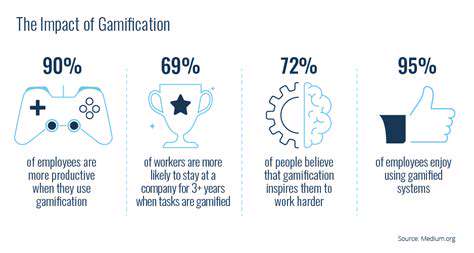
Defining Impact Measurement
Impact measurement in education requires looking beyond superficial metrics to assess real learning outcomes. Effective evaluation examines both quantitative data and qualitative changes in student engagement and understanding. This comprehensive approach provides a more accurate picture of educational interventions' true effectiveness.
Identifying Key Performance Indicators (KPIs)
Relevant KPIs vary based on specific educational goals but often include measures like skill mastery rates, engagement levels, and knowledge retention over time. The most insightful KPIs track both short-term progress and long-term educational outcomes. Careful selection of indicators ensures evaluations focus on what matters most for student success.
Data Collection and Analysis Methods
Modern educational research employs sophisticated mixed-methods approaches. Analytics from learning management systems combine with observational data and student self-reports to create multidimensional assessments. This triangulation of data sources improves the validity and reliability of findings.
Stakeholder Engagement and Feedback
Genuine impact assessment incorporates perspectives from all affected parties. Students, educators, parents, and administrators each offer unique insights into program effectiveness. Regular feedback loops create opportunities for continuous improvement based on real user experiences.
Reporting and Communication of Findings
Effective reporting translates complex data into actionable insights for various audiences. Visual dashboards for administrators might emphasize return on investment, while teacher-focused reports could highlight specific instructional adjustments needed. Clear communication ensures all stakeholders understand how to use evaluation results to enhance learning outcomes.
